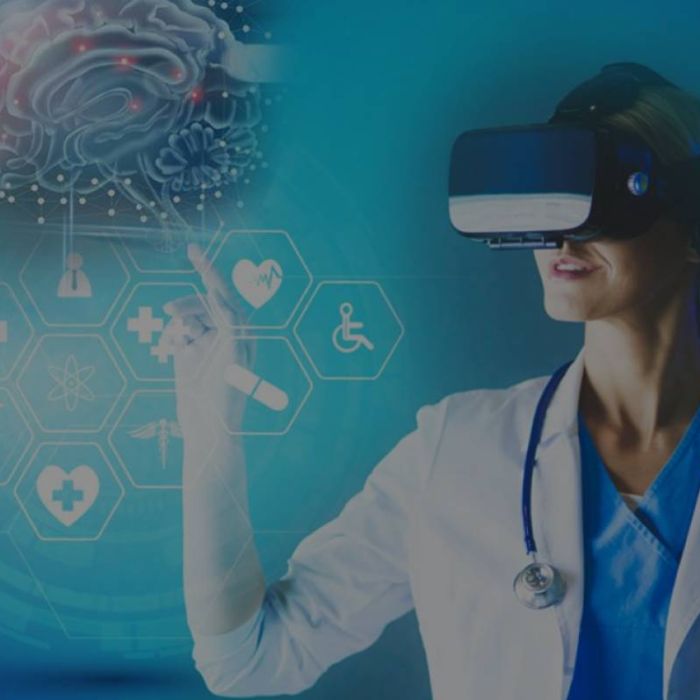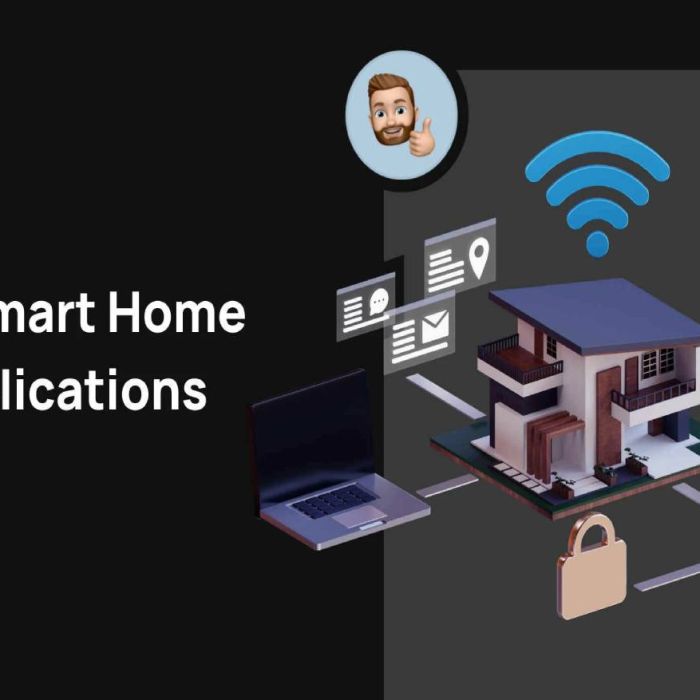Future Trends in IoT: From Edge Computing to AI Integration in Connected Environments
The Internet of Things (IoT) landscape is evolving at an unprecedented pace, introducing groundbreaking trends that redefine the capabilities of connected devices and environments. Two prominent trends shaping the future of IoT are edge computing and the integration of Artificial Intelligence (AI), fostering innovative and efficient connected ecosystems.
The Rise of Edge Computing
- Decentralized Processing at the Edge:
Edge computing brings data processing closer to the source, reducing latency and enhancing real-time analysis. Devices process data locally, minimizing reliance on centralized cloud servers.
- Enhanced Speed and Efficiency:
Edge computing accelerates data processing by handling computations at the edge of the network. This trend empowers devices to respond faster to critical data without the need for constant cloud connectivity.
AI Integration in IoT Ecosystems
- AI-Powered Decision-Making:
AI integration amplifies IoT capabilities by enabling devices to analyze and interpret complex data. AI algorithms embedded in devices facilitate autonomous decision-making and predictive analytics.
- Intelligent Automation and Adaptability:
AI-driven IoT devices learn from data patterns, allowing for intelligent automation and adaptive responses. These devices optimize operations, predict maintenance needs, and adapt to changing environments.
Convergence of Edge Computing and AI in IoT
- Synergy for Real-Time Insights:
Combining edge computing and AI augments IoT environments, enabling devices to process data locally and make informed decisions in real-time. This convergence fosters quicker responses and reduces dependency on cloud processing.
- Improved Privacy and Security:
Edge-based AI processes sensitive data locally, enhancing privacy by reducing the need for data transmission to central servers. This trend minimizes security vulnerabilities associated with data transfers.
Future Applications and Implications
- Smart Cities and Infrastructure:
Edge-enabled AI in IoT facilitates smarter city infrastructures, optimizing traffic flow, energy consumption, and public services. Autonomous systems powered by AI enhance urban living experiences.
- Industry 4.0 and Manufacturing:
Edge computing coupled with AI revolutionizes manufacturing processes. Predictive maintenance, real-time monitoring, and adaptive production systems enhance efficiency and minimize downtime.
Navigating Challenges and Opportunities
- Data Management and Integration:
Handling diverse datasets and ensuring seamless integration of edge-based AI requires robust data management strategies and standardized protocols.
- Scaling and Interoperability:
The scalability of edge-based AI systems and ensuring interoperability among various devices remain challenges in the IoT landscape.
Embracing the Future of IoT
The convergence of edge computing and AI integration propels IoT towards a future where devices are not only connected but also intelligent and adaptive. As these trends evolve, embracing their potential and addressing challenges will drive innovation and efficiency in connected environments.
The future of IoT trends promises transformative possibilities. Edge computing and AI integration are reshaping the way devices interact, making connected environments more efficient, responsive, and intelligent.




